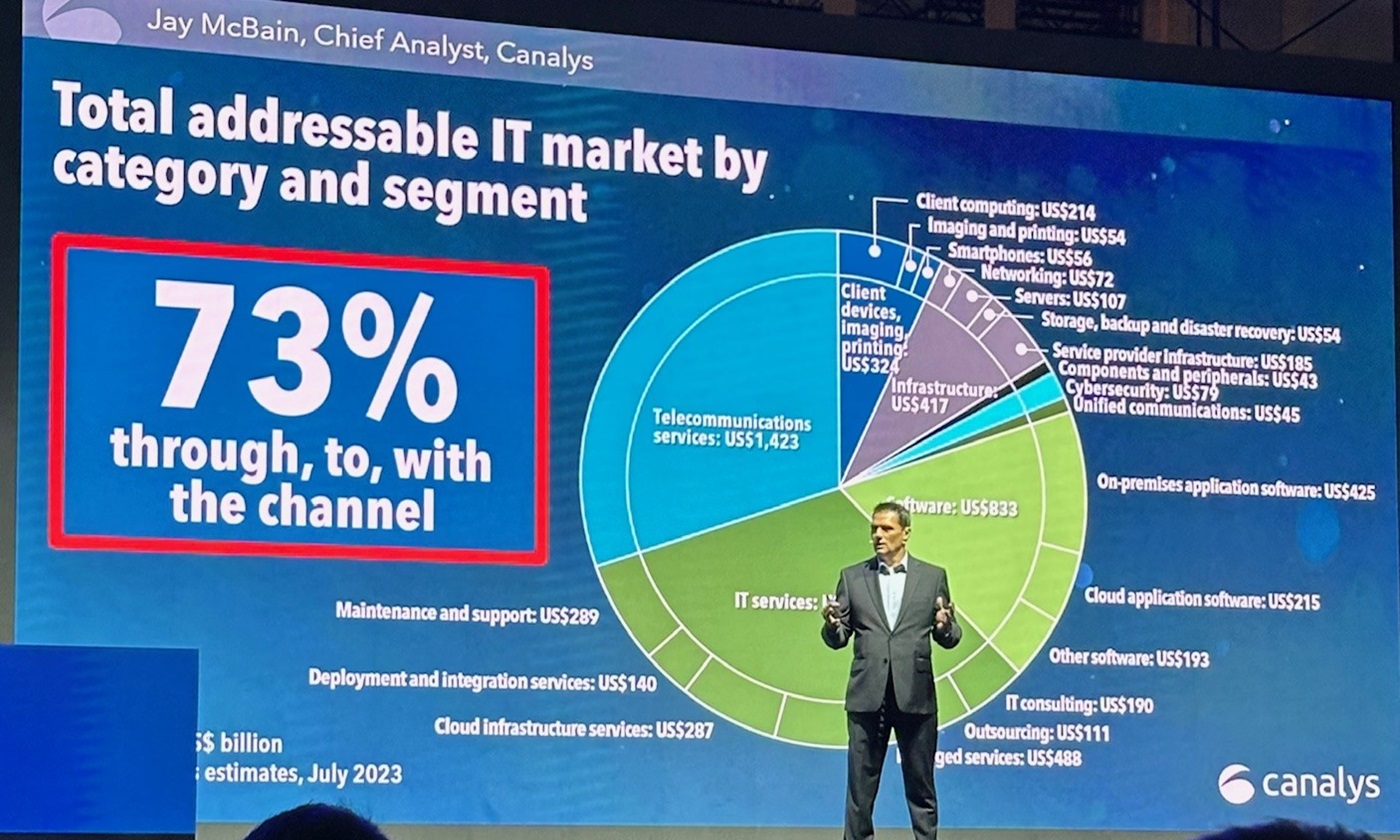
Real-time communications (RTC) have become an essential part of our lives. 73.1% of all business interactions use voice. They continue to revolutionise the way we connect. However, with this increased reliance comes a growing threat: fraud.
Fraud in RTC and collaboration is a multifaceted issue that encompasses various forms of deceit, manipulation, and exploitation. Despite its prevalence, it remains a largely neglected aspect of the digital ecosystem, overshadowed by other cybersecurity concerns. Only 21% of IT leaders have implemented a full strategy to secure their voice and collaboration channels. Yet, its impact can be devastating, leading to financial losses, reputational damage, and compromised data security.
The neglected battleground of voice and collaboration
20% of all fraud reported in 2022 started with a phone call. One of the primary challenges in addressing fraud in RTC and collaboration is the evolving nature of digital communication. As technology advances, so do the tactics employed by fraudsters. Phishing scams, robocalls, and impersonation tactics have become increasingly sophisticated, making it difficult for businesses to discern legitimate communication from fraudulent attempts.
Types of frauds in your voice and collaboration channels
Fraudsters constantly find new ways to exploit vulnerabilities. Some of the most common types of fraud in the RTC space include:
Spoofing: Fraudsters fake the number or name that is supposed to originate an incoming call. With caller ID spoofing techniques, attackers fool their victims into revealing information. Or the attack target might not even be a human, but instead, lines of code forming a voicemail system.
Robocalls and spam: These unwanted calls can be disruptive and annoying, but they can also be used to spread malware or phishing scams.
Distributed Denial of Service (DDoS) attacks: Servers targeted by DDoS attacks can suffer from crashes and even complete system failures. This could result in extended downtime, leaving users unable to access the service at all.[JA1]
What needs to change?
$39.8bn was lost to telecom fraud in 2021 alone[1]. To begin addressing the issue, a multifaceted approach is necessary. Firstly, there needs to be greater awareness and education regarding the risks associated with digital communication. Businesses must prioritise training and implement best practices for verifying the authenticity of communication channels.
Regulatory bodies and industry associations play a crucial role in setting standards and guidelines for cybersecurity in RTC and collaboration. By promoting compliance and accountability, they’ll incentivise platform providers to invest in security measures and prioritise the protection of user data.
It’s not all doom and gloom
As we stand on the cusp of a new era in communication, the need for robust voice security measures has never been more pressing. By prioritising the protection of real-time communication networks, you can safeguard your customer’s most valuable asset: trust.
Find out how we can help you meet your customers’ needs.



